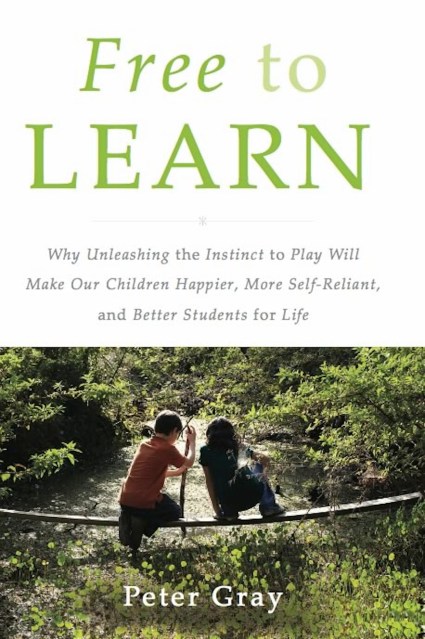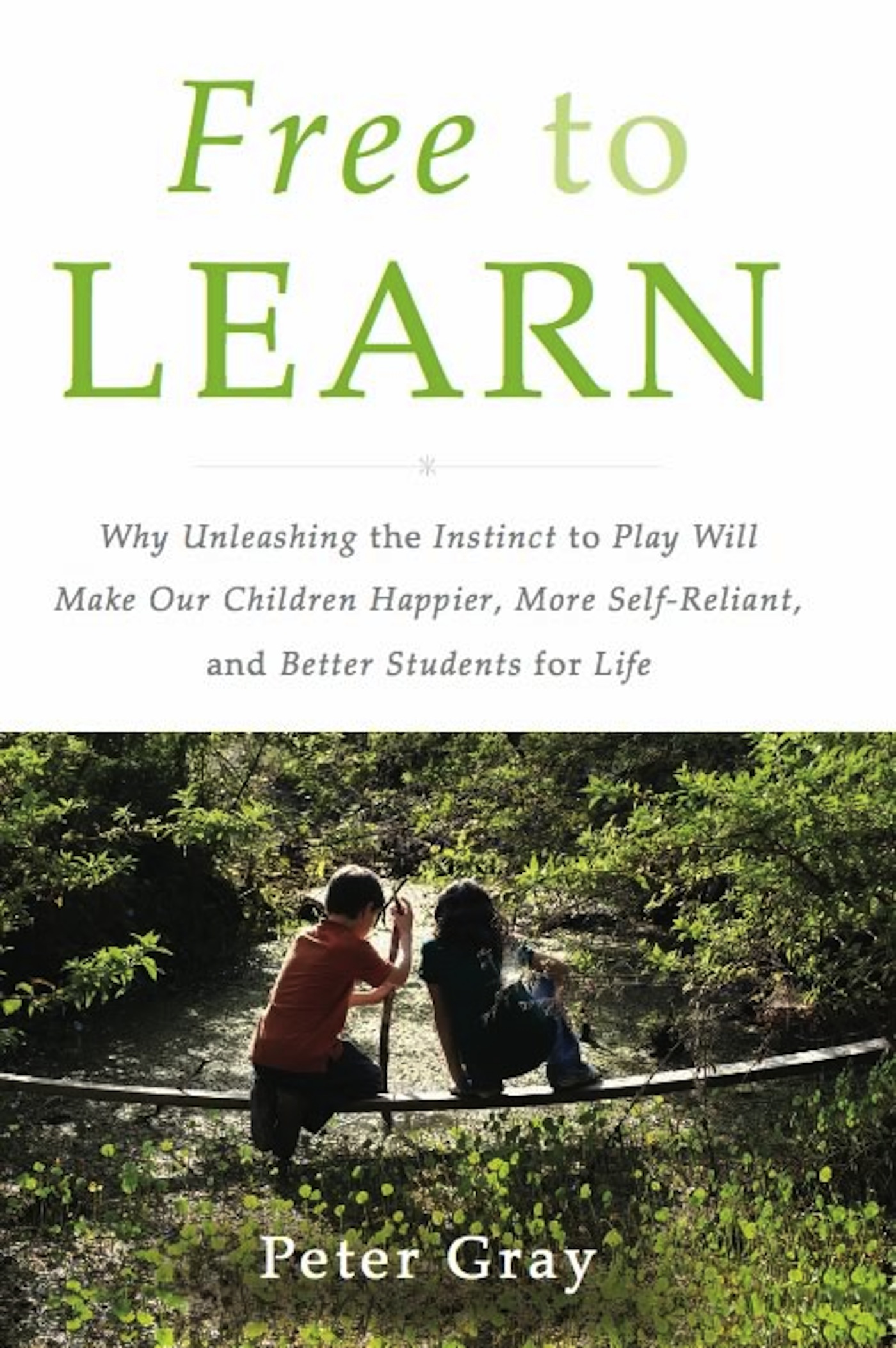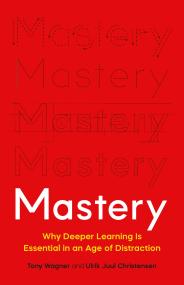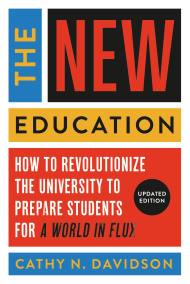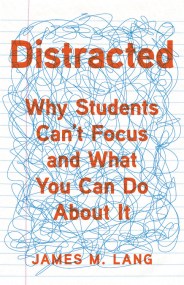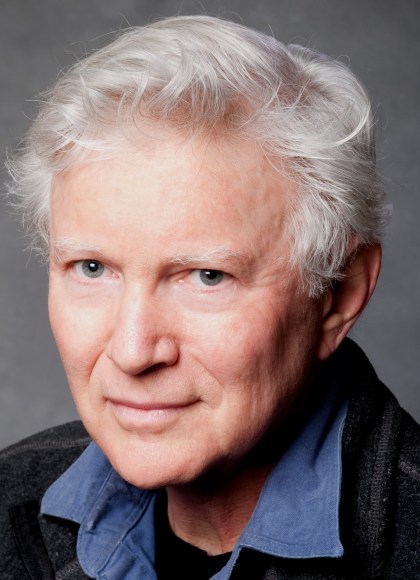Promotion
25% off sitewide. Make sure to order by 11:59am, 12/12 for holiday delivery! Code BEST25 automatically applied at checkout!
By clicking “Accept,” you agree to the use of cookies and similar technologies on your device as set forth in our Cookie Policy and our Privacy Policy. Please note that certain cookies are essential for this website to function properly and do not require user consent to be deployed.
Free to Learn
Why Unleashing the Instinct to Play Will Make Our Children Happier, More Self-Reliant, and Better Students for Life
Contributors
By Peter Gray
Formats and Prices
- On Sale
- Mar 5, 2013
- Page Count
- 288 pages
- Publisher
- Basic Books
- ISBN-13
- 9780465037919
Price
$15.99Price
$20.99 CADFormat
Format:
- ebook (Digital original) $15.99 $20.99 CAD
- Audiobook Download (Unabridged)
- Trade Paperback $19.99 $25.99 CAD
This item is a preorder. Your payment method will be charged immediately, and the product is expected to ship on or around March 5, 2013. This date is subject to change due to shipping delays beyond our control.
Buy from Other Retailers:
In Free to Learn, developmental psychologist Peter Gray argues that in order to foster children who will thrive in today’s constantly changing world, we must entrust them to steer their own learning and development. Drawing on evidence from anthropology, psychology, and history, he demonstrates that free play is the primary means by which children learn to control their lives, solve problems, get along with peers, and become emotionally resilient. A brave, counterintuitive proposal for freeing our children from the shackles of the curiosity-killing institution we call school, Free to Learn suggests that it’s time to stop asking what’s wrong with our children, and start asking what’s wrong with the system. It shows how we can act—both as parents and as members of society—to improve children’s lives and to promote their happiness and learning.
Genre:
-
"Weaving together evidence from psychology, history, and anthropology, [Peter Gray] makes the case that compulsory schooling is not only misguided but deeply damaging, an affront to the playful instincts of childhood."Psychology Today
-
In Free to Learn,a passionate paean to the kind of free play and free learning ... Peter Gray, an evolutionary psychologist at Boston College, makes a largely compelling case that children learn best when unencumbered by adult-imposed activities and institutions."American Journal of Play
-
"Anyone who cares about learning should read Free to Learn. Gray’s book is a compelling and easy read; if everyone would read it with an open mind, a wholesale revolution in education (right through to university) would be the inevitable outcome."Dissident Voice
-
"Free to Learn makes a good case for the importance of play as a renewable resource for school reform and transformation."Spirituality & Practice
-
"We [Life learners] appreciate having someone who is a developmental psychologist and college professor understand so well-- not to mention respect-- the lives we're living."Life Learning Magazine
-
"Peter also shows his overt support for unschooling as a true bright spot in western culture and details the results of his own survey of unschooling families. Whether you buy this book, borrow it or check it out of the library, this book is as important as any of John Holt's early books."Home Education Magazine
-
“[Free to Learn is] a powerful agent of transformation. I'd like to put a copy in the hands of every parent, teacher, and policy maker.”Mothering.com
-
“[E]nergetic…Gray powerfully argues that schools inhibit learning…. [Gray's] vivid illustrations of the ‘power of play' to shape an individual are bound to provoke a renewed conversation about turning the tide in an educational system that fosters conformity and inhibits creative thinking.”Publishers Weekly
-
"Free to Learn stimulates a parent’s thinking about what kind of learning environment helps their child learn and adjust best, and then how to simulate that environment at home or out of school if it doesn’t exist among their school options...Gray has caused me to re-focus my grand-parenting activities in ways that will encourage freedom of learning and play. We may not be able to change the world, but we can help our children adapt better to it."PyschCentral
-
"Peter Gray is one of the world's experts on the evolution of childhood play, and applies his encyclopedic knowledge of psychology, and his humane voice, to the pressing issue of educational reform. Though I am not sure I agree with all of his recommendations, he forces us all to rethink our convictions on how schools should be designed to accommodate the ways that children learn.”Steven Pinker, author of How the Mind Works
-
"A compelling and most enjoyable read. Gray illustrates how removing play from childhood, in combination with increasing the pressures of modern day schooling, paradoxically reduces the very skills we want our children to learn. The decline of play is serious business.”Roberta Michnick Golinkoff, author of Einstein Never Used Flash Cards and A Mandate for Playful Learning in Preschool
-
“All kids love learning. Most don't love school. That's a disconnect we've avoided discussing—until this lightning bolt of a book. If you've ever wondered why your curious kid is turning into a sullen slug at school, Peter Gray's Free to Learn has the answer. He also has the antidote.”Lenore Skenazy, author of Free-Range Kids
-
“The modern educational system is like a wish made in a folk tale gone horribly wrong. Peter Gray's Free to Learn leads us out of the maze of unforeseen consequences to a more natural way of letting children educate themselves. Gray's message might seem too good to be true, but it rests upon a strong scientific foundation. Free to Learn can have an immediate impact on the children in your life.”David Sloan Wilson, author of Evolution for Everyone
-
“Free to Learn is a courageous and profoundly important book. Peter Gray joins the likes of Richard Louv and Alfie Kohn in speaking out for a more humane, compassionate and effective approach to education.”Frank Forencich, author of Exuberant Animal
-
“[A] well written, well organized and beautifully stated piece of work….I emphatically recommend this book for any parent as well as any educator or anyone interested in improving education for our society.”Laurette Lynn, founder of Unplugged Mom Radio
Newsletter Signup
By clicking ‘Sign Up,’ I acknowledge that I have read and agree to Hachette Book Group’s Privacy Policy and Terms of Use
